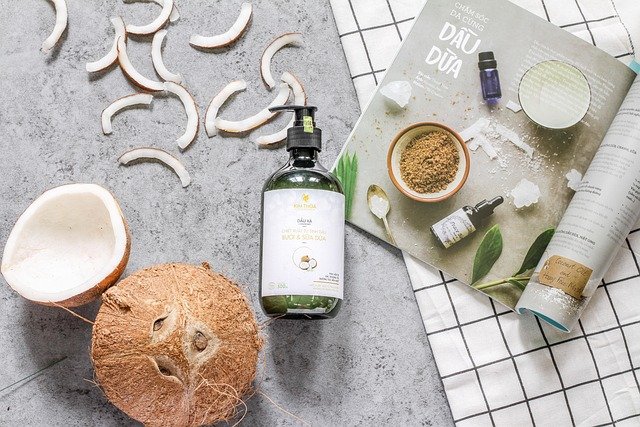Refill and Recycle: Practical Steps to Reduce Product Waste
Reducing product waste in personal care is practical and often straightforward: shift toward refillable options, prioritize recyclable packaging, and choose formulations that support longevity and reuse. Small changes—using concentrated refills, returning empties, or selecting multi-use products—can cut single-use waste from skincare and haircare routines while supporting broader sustainability goals.

This article is for informational purposes only and should not be considered medical advice. Please consult a qualified healthcare professional for personalized guidance and treatment.
Skincare: Refill and Reduce Waste
Refillable skincare formats—serums, cleansers, and moisturizers offered in refill pouches or cartridges—help lower single-use plastic. Look for transparent labeling about ingredients and preservative systems so you can assess whether a refill maintains product safety and supports skin hydration and the microbiome. When buying, favor clean formulations and consider fragrancefree or minimal-scent options if you have sensitivities. Refillable glass or metal dispensers paired with recyclable refills combine durability with reduced packaging waste.
Haircare: Reuse and Refill Options
Haircare products such as shampoo and conditioner are increasingly available in bulk or refill pouches. Concentrated formulas and solid bars reduce water in formulations and shrink packaging volume. For salon-level supply, ask about refill programs or large-format containers that can be decanted into sturdy reusable bottles at home. Choose products with clear ingredient lists if you prefer organic, vegan, or crueltyfree claims, and be mindful of rinsing residue that could affect recycling streams.
Packaging: Choose Materials and Design
Packaging choices matter: glass, aluminum, and certain recyclable plastics have different end-of-life pathways. Prioritize mono-material packaging where possible, because mixed-material containers are harder to recycle. Check local services for accepted materials, and learn how to prep empties—rinsing and separating caps if required. Refillable rigs made from durable materials extend product life, while labels and adhesives that come off cleanly improve recyclability. Upcycling containers at home for storage is another way to delay disposal.
Ingredients and Transparency
Transparency about ingredients helps you select products that match clean, organic, vegan, or crueltyfree preferences and that are compatible with refill systems. Brands that publish full ingredient lists and shelf-life information allow informed reuse. Ingredients that support hydration and respect the skin microbiome are often mild enough for repeated small-batch refills. Avoid acidic or highly reactive substances in refill setups unless the refill system is designed for them, and choose products that specify stability in refill packaging.
Sustainability: Refill Systems and Local Services
Refill stations, return-and-refill programs, and refillable subscription services contribute to sustainability by reducing packaging per use. Many communities now host local services that accept clean empties or provide bulk dispensers for household needs. Where local infrastructure is limited, look for take-back programs run by manufacturers or retailers that partner with specialized recyclers. Prioritizing service transparency—how materials are processed and whether recycling is truly closed-loop—supports informed decisions about product lifecycle.
Minimalism, Microbiome, and Everyday Use
Minimalism in routines reduces the number of products and containers entering the waste stream. A pared-down approach—focusing on multifunctional products and essentials like sunscreen and a gentle cleanser—lowers consumption and simplifies recycling. Maintaining the skin microbiome means selecting gentle formulations rather than overloading with multiple actives; that often aligns with refillable, low-packaging approaches. Pay attention to hydration needs and SPF requirements: choose refill-friendly sunscreens or recyclable tubes when possible.
In practice, reducing product waste combines consumer choices and system-level options: selecting refillable formats, prioritizing recyclable materials, supporting transparent ingredient labeling, and using local services that accept or refill containers. Incremental shifts in purchasing and disposal habits can cumulatively reduce the environmental footprint of personal care routines without compromising product performance or skin and hair health.





